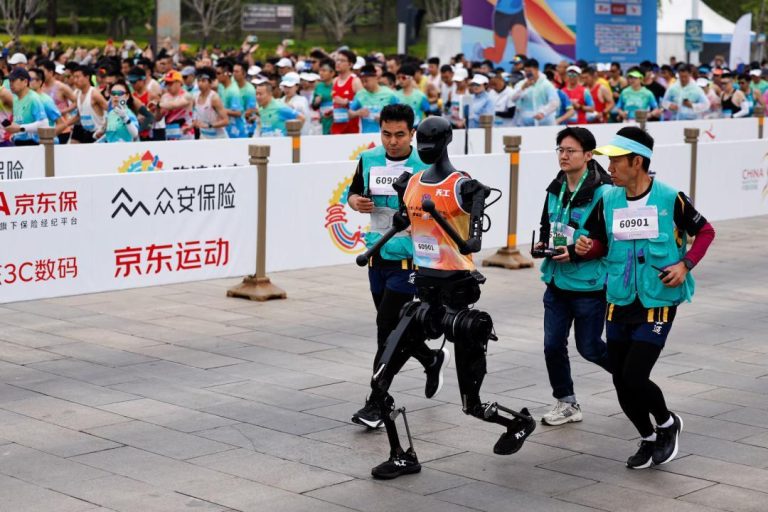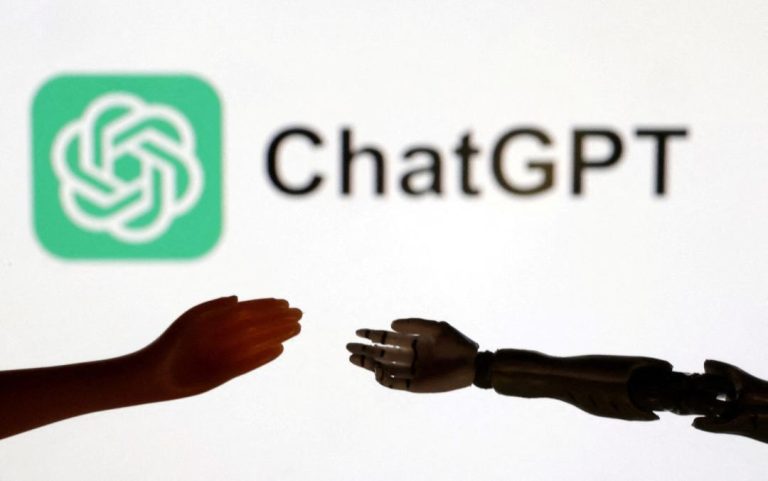
Google Launches A2A Protocol to Enhance AI Agent Synergy
In a significant development in the realm of artificial intelligence (AI), Google has launched Agent2Agent (A2A), an open-source protocol that enables AI agents from various systems to work together seamlessly. This innovative protocol allows AI agents to communicate with each other, securely exchange information, and coordinate actions over various enterprise platforms or applications. With A2A, developers can now build AI agents capable of connecting with any other agent built using the protocol, paving the way for a new era of agent interoperability.
What is Agent2Agent (A2A)?
Agent2Agent is an open-source protocol developed by Google’s AI and Machine Learning (ML) teams. The protocol enables AI agents to communicate with each other in a secure and standardized manner, allowing them to work together effectively across different systems, platforms, and applications. A2A is designed to facilitate collaboration between AI agents, enabling them to share information, coordinate actions, and make decisions together.
Benefits of A2A
The launch of A2A brings numerous benefits to the AI community, including:
- Improved Interoperability: A2A enables AI agents from different systems to communicate with each other, breaking down the barriers that previously hindered collaboration.
- Enhanced Scalability: With A2A, developers can build AI agents that can seamlessly integrate with other agents, allowing them to scale their operations and handle complex tasks.
- Increased Efficiency: A2A facilitates faster and more efficient decision-making by allowing AI agents to share information and coordinate actions quickly and securely.
- Improved Security: A2A includes built-in security features, ensuring that data exchanged between AI agents is secure and trustworthy.
How A2A Works
A2A is a lightweight, open-source protocol that uses a combination of technologies, including:
- JSON-based messaging: A2A uses JSON (JavaScript Object Notation) to encode messages, making it easy to read and write.
- WebSockets: A2A leverages WebSockets to establish a bi-directional communication channel between AI agents.
- SSL/TLS encryption: A2A uses SSL/TLS encryption to ensure secure data transmission between AI agents.
Use Cases for A2A
A2A has numerous potential use cases, including:
- Enterprise Integration: A2A can be used to integrate AI agents from different enterprise systems, enabling them to work together seamlessly.
- Cross-Platform Collaboration: A2A can facilitate collaboration between AI agents built on different platforms, such as Android and iOS.
- Smart Home Automation: A2A can be used to integrate AI agents from different smart home devices, enabling them to work together to control and automate household tasks.
- Healthcare Applications: A2A can be used to integrate AI agents from different healthcare systems, enabling them to share patient data and coordinate care.
Conclusion
The launch of Agent2Agent (A2A) by Google marks a significant milestone in the development of AI agent interoperability. By enabling AI agents from different systems to communicate with each other, A2A has the potential to revolutionize the way we build and deploy AI systems. With A2A, developers can now build AI agents that can seamlessly integrate with other agents, enabling them to scale their operations and handle complex tasks. As the AI landscape continues to evolve, A2A is poised to play a key role in shaping the future of AI agent synergy.
News Source
https://developers.googleblog.com/en/a2a-a-new-era-of-agent-interoperability/






